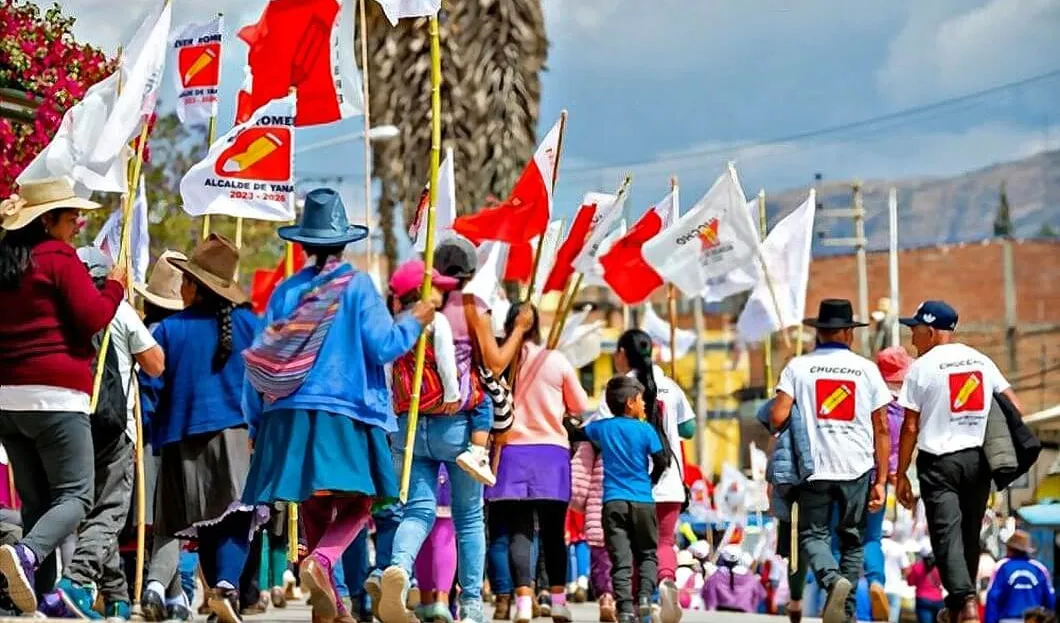
Tourism industry professionals in Peru see their year-end campaign ruined by a state of emergency that puts US$ 300 million at risk throughout the country.
For the tourism sector, the state of emergency does not solve anything economically. According to the head of the Cusco Chamber of Hotels, Henry Yabar, more than 80% of the reservations in lodgings and tourism agencies for this season have been cancelled since last week. Only the hotels of the 'imperial city' - counting from one to five stars - expect enormous losses, critical to almost touching the level of confinement of 2020.
"Since the pandemic, there has been a modification in this type of hotel bookings. Now they are all more flexible, travelers can cancel at any time and that makes us more vulnerable," says Yabar.
In Arequipa, the second bastion of tourism in southern Peru, daily losses are about 1.6 million Sol (about $416 000), according to the Association of Hotels and Restaurants of Arequipa (Ahora). For Cusco, these losses exceed 3 million Sol (about $780 000).
Ruined Season
The problem is that, beyond the social protests, which have blocked air and land routes throughout the territory, the state of emergency comes to rain on the wet, as explained by Enrique Quiñones, president of the Peruvian Association of Incoming and Domestic Tour Operators (Apotur).
Quiñones assures that this announcement will only accelerate the cancellation of hotel bookings due to the suspension of rights and meetings until the end of the year, for which operators have no hope of reverting the hard context left by the economic crisis during Easter Week and the meagre profits of National Holidays.
He explains that, at a national level, only in December some US$ 300 million - out of an annual horizon of more than US$ 1,300 - of income between receptive and national tourism, outside of the activities that tourists carry out on their own, were expected.
"We call on the MEF to grant, at least, 90 days of grace to the companies of the sector that were complying with the payment of Reactiva Peru and FAE-Tourism. Many of them depended precisely on these holidays. We support the state of emergency, but it could be the final blow for them", he affirms.
Ricardo Acosta, president of the Peruvian Association of Travel and Tourism Agencies (Apavit), regrets the partial or total closure of four airports and its domino effect on the entire production chain.
In detail, only in the month of December 2021, the two largest airports on the list, the Alejandro Velasco Astete in Cusco and the Alfredo Rodríguez Ballón in Arequipa, received 1 million 419,954 and 116,083 passengers, respectively, according to figures from Mincetur. For the guild, the figures for this December will not be counted by a long shot.
More Than 360 Flights Cancelled
The Russian Foreign Ministry recommended not to travel to the country. Peru, the third favorite destination for Russians in South America (after Brazil and Argentina), received 10,152 visitors from that nation in 2019.
Inca Rail reported that it maintains suspended its transport services to Machu Picchu due to the marches in Cusco.
Martin Ojeda, director of the National Council of Land Transportation, specified that Lima remains "besieged" at this time, with free roads only from Huaraz.
The manager of IATA in Peru, Martin La Rosa, told to local media that to date there are 361 flights cancelled and more than 45,000 passengers affected by the suspension of airport operations in the country.









